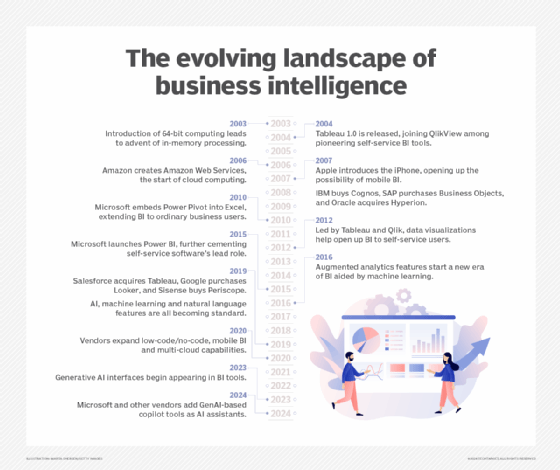

The continuous evolution of smart cities, intelligent medical care, intelligent transportation, intelligent logistics, intelligent robots, self-driving vehicles, smart-phones, intelligent toys, smart communities, and smart economies, to name but a few, provides a broad market demand and driving force in terms of new development of both AI technologies and applications. The main features of AI 2.0 include the emergence of data-driven intuitive perception ability for intensive deep learning, Internet-based swarm intelligence, technology-oriented human-machine hybrid augmented intelligence, as well as the rise of cross-media reasoning (Pan, 2016). The emergence of new technologies also enables a new phase of AI. With the current popularization of the Internet, the universal existence of sensors, the emergence of big data, development of e-commerce, rise of the information community, and the interconnection and fusion of data and knowledge with society, physical space, and cyberspace, the information environment for AI development has been changed profoundly, leading to a new evolutionary phase: AI 2.0 (Pan, 2016). The deep fusion of manufacturing technology with information communication technology, intelligent technology, and product-related expertise in particular, is enabling a game-changing transformation in terms of manufacturing models, manufacturing approaches, and its ecosystems. The manufacturing industry is a cornerstone of national economy, people’s livelihood, and national security. The rapid development and fusion of new AI technologies with Internet technologies, new-generation information technologies, new energy technologies, materials technology, and biotechnology is an essential part of this new era, which in turn will enable the game-changing transformation of models, means, and ecosystems in terms of their application to the national economy, well-being, and national security.
NEW BUSINESS INTELLIGENCE APPLICATIONS PLUS
We believe that the new era of ‘Internet plus artificial intelligence (AI)’, characterized by ubiquitous networks, data-drivenness, shared services, cross-border integration, automatic intelligence, and mass innovation, is coming. At the end of the module, you will apply these concepts to create a dashboard, blend it with external datasets, and explore various visualization capabilities to find insights faster in a peer-evaluated exercise.It is known that the new technological revolution and the new industrial revolution are gaining momentum. Finally, in lesson 4, you will learn the role of visual and business analytics (BA) in BI and how various forms of BA are supported in practice. You will also be able to compare and contrast the benefits of using balanced scorecard versus using Six Sigma in a performance measurement system. In lesson 3, you will learn the four balanced scorecards perspectives and the differences between dashboards and scorecards. In lesson 2, you will learn the purpose of Performance Measurement System and how organizations need to define the key performance indicators (KPIs) for their performance management system.

You will learn the main components of BPM as well as the four phases of BPM cycle and how organizations typically deploy BPM.

This module focuses on how BI is used for Business Performance Management (BPM). Modules are organized around the business intelligence concepts, tools, and applications, and the use of data warehouse for business reporting and online analytical processing, for creating visualizations and dashboards, and for business performance management and descriptive analytics. These technologies have had a profound impact on corporate strategy, performance, and competitiveness and broadly encompass decision support systems, business intelligence systems, and visual analytics. The course gives an overview of how business intelligence technologies can support decision making across any number of business sectors.

You’ll have the opportunity to work with large data sets in a data warehouse environment and will learn the use of MicroStrategy's Online Analytical Processing (OLAP) and Visualization capabilities to create visualizations and dashboards. In this course, you will gain the knowledge and skills for using data warehouses for business intelligence purposes and for working as a business intelligence developer. Ideally, the courses should be taken in sequence. This is the fourth course in the Data Warehouse for Business Intelligence specialization.


 0 kommentar(er)
0 kommentar(er)
